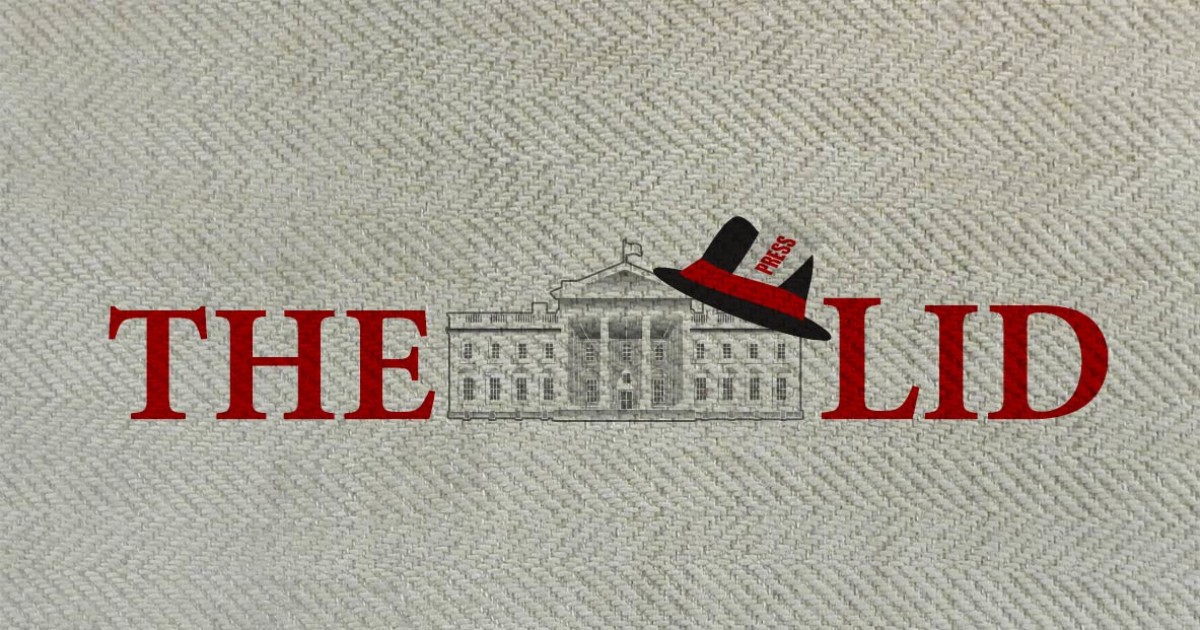Back in January 2015 Former Israeli National Security Adviser, Maj. Gen. (ret.) Yaakov Amidror, outlined the threats to the Jewish State from non-state entities in a report released by the Begin Center for Strategic Studies (BESA). The most serious existential threat to the Jewish State by non-state entities is the terrorist group Hezbollah, with 150,000 missiles, that according to the General is a “rare and substantial firepower apparently even exceeded the firepower possessed by most of the European states combined.” After having been accustomed to a situation in which large regular armies with armor, artillery, hundreds of aircraft and thousands of troops were arrayed on Israel’s borders, there can be no doubt that Israel has moved into a different world.
Hezbollah also has long-range surface-to-sea missiles, anti-aircraft missiles, unmanned aerial vehicles, and modern anti-tank missiles. It is well organized into a military-style hierarchy and appears to possess command and control systems of high quality. It was established by Iranian leaders, but its leadership has always consisted of Lebanese people who were closely linked to Iran’s interests. Hezbollah assisted the Shiites by providing for their needs in the civilian sphere as a base for building its military power.
An event yesterday may have moved Hezbollah closer to using those missiles against Israeli civilians. In the middle of the night Middle East time – Hezbollah confirmed that their top military commander, Mustafa Badreddine and the man leading their terrorists in Syria, had recently been killed in an explosion. The incident happened sometime in the last few days, though the exact day still isn’t totally clear.
The strike that killed Badreddine is being widely attributed to Israel. But the Jewish State is not the only country who may have wanted this terrorist dead as he murdered people from many different countries. The Hezbollah commander was prosecuted for the 1983 truck bombings of the U.S. and French embassies in Kuwait City, and involved in the 1983 bombing of the U.S. Marines barracks in Beirut that killed 241 people. He was later tried for the attempted murder of the Emir of Kuwait, escaping to Iraq before he could be executed, was also accused of being the main organizer of the murder of former Lebanese Prime Minister Rafiq Hariri, and of organizing numerous Hezbollah attacks against Israel. Badreddine was designated a “global terrorist” by the U.S. During the Syrian civil war, and he has been leading Hezbollah forces fighting on behalf of Bashar al-Assad in the area of al-Qusair. Badreddine was very unpopular inside Hezbollah. According to Matt Levitt, Middle East scholar whose book about Hezbollah: The Global Footprint of Lebanon’s Party of God was published three years ago, tweeted that Badreddine was “rash, hot tempered, impetuous, even unstable,” and “was very close [to] Nasrallah, but widely disliked within Hezbollah,” and was “a philandering playboy, not particularly religious.” But in the end he was tolerated because he “got the job done.”
The Lebanese media is blaming Israel for killing Mustafa Badreddine as are Hezbollah officials so whether they were responsible or not Hezbollah sees Israel as behind the attack and if they take revenge it will be against Israel (per their standard practice, the Israeli government is not denying or confirming they were behind the attack). Either way the Iranian-funded terrorist group has been looking for an excuse to attack Israel for a long time.
For the last few years Iran and Hezbollah have been trying to establish a military foothold on the Israeli-Syrian border, the aim being to open a new front against Israel. In January 2015 that effort was set back when Hezbollah and Iranian commanders in charge of those plans rolled up to the border to map out what the Israelis described as “deadly terror attacks,” and their two-car convoy was destroyed by air-to-surface missiles broadly attributed to Israel.
Hezbollah kept running at least two different campaigns in the theater. One campaign – infiltration of Israel – was led by baby-murdering terrorist Samir Kuntar. He was killed in a December 2015 air raid while planning cross-border attacks . A second campaign – in the same area – put Badreddine physically in near the border. After news came out yesterday that he had had been killed, Tony Badran – a fellow at the Foundation for Defense of Democracies, and a top expert on how Lebanon fits into the rest of the region – floated on Twitter that the two campaigns were linked [g][h]:
In Feb 2015, there were claims that Badreddine was leading Hezbollah ops in the triangle of Quneitra/NW Deraa/W Damascus countrysides. Hezb was then leading the push into southern Syria and the Golan. In Jan 2015, the IAF took out senior IRGC-QF and Hezb cadres in Quneitra.
In recent months Hezbollah has been steadily escalating its operations along the border. In December Hezbollah chief Nasrallah threatened to attack Israel and the Israelis responded by telling him to back off at the risk of triggering “hard results.” The same thing happened when he threatened to attack in February. In late April IDF Deputy Chief of Staff Maj. Gen. Yair Golan warned that Hezbollah was risking a “full-scale war” if it didn’t cease its provocations. There is no evidence that Hezbollah pulled back on its campaigns in the intervening three weeks.
If Hezbollah triggers a downward spiral, the consensus is that the next Israeli-Hezbollah will likely be brutal. The Israelis describe Hezbollah’s current force structure as “Hezbollah 3.0”: fighters battle-hardened from Syria, has them operating out of civilian areas transformed into military sites, with an arsenal of advanced weapons provided by Iran.
More specifically:
- Battle-hardened fighters: a few months ago a Hezbollah source bragged “our fighters are getting training and experience through the work they are doing in Syria, and this is a great concern for the Israelis,” and that the experience would be deployed to seize and hold Israeli territory during the next war. Hezbollah has developed an enormous hardened tunnel infrastructure to store tens of thousands of weapons and to invade through.
- An Israeli source last year sketched out how the incursions are likely to go – and how they will likely impact Israeli population centers – based on Hezbollah’s Syria experience. Hezbollah’s goal is a ground invasion, which could be made up of a number of elements: Using the underground and aboveground area near the border’s wadis; and an entry of many commando and antitank teams… The fighting teams will use explosive devices and antitank missiles like the Kornet, which reaches an efficient rage of five kilometers during the day and three kilometers at night… they will be able to hit vehicles on the Lower Galilee’s roads from the high mountains… it’s the exact same fighting they are now acquiring huge experience in through their battles in Syria.
- Weapons embedded in Lebanese civilian areas: The bulk of Hezbollah’s arsenal has been embedded across hundreds of villages and probably thousands of homes. Last May the Israelis showed journalists maps, data, and aerial photography outlining the military infrastructure in Shiite villages. The AP described how roughly 200 villages had been transformed into full-blown “military strongholds.” The NYT noted that, as a result, there will likely be significant casualties among the Lebanese civilians being used as human shields. Effectively, the Israelis are warning that in the event of another conflict with Hezbollah, many Lebanese civilians will probably be killed, and that it should not be considered Israel’s fault. “The civilians are living in a military compound,” a senior Israeli military official said at military headquarters in Tel Aviv… “Historically, armed forces have separated themselves from the population, in uniform… This is not the case here or in Gaza.” He accused Hezbollah of cynically using civilians.
- Advanced weapons arsenal (including unconventional attack threats): As of March Hezbollah had roughly 150,000 rockets and missiles, allowing the group to saturation bomb Israeli population centers with 1,500 rockets and missiles per day for over three months. The arsenal includes sophisticated Scud-Ds that can strike any part of Israel from any part of Lebanon, which means Hezbollah will make all of Lebanon and Israel a battlefield. It includes – since 2014, according to U.S. intelligence – Yakhonts missiles: supersonic, surface skimming, fire-and-forget missiles that will be launched from Lebanon or Syria, touch down in the Mediterranean, and then target Israeli naval assets, energy infrastructure, and ports. Hezbollah has declared it will use that arsenal to create the equivalent of unconventional attacks against Israel. In February Nasrallah threatened to bomb Israeli chemical plants to create the effect of “exactly… a nuclear bomb,” triggering tens of thousands of casualties . Iranian officials have meanwhile bragged about providing Hezbollah with missiles that can reach Israel’s nuclear facility in Dimona, an attack that the UN’s 2005 International Convention for the Suppression of Acts of Nuclear Terrorism would define as black-letter nuclear terrorism . In addition to its projectile arsenal, Hezbollah has also developed an arsenal of drones – including offensive “suicide drones” – that it has bragged about deploying against Israel. The group has signaled that it will also use its suicide drones for functionally unconventional attacks against Israel’s nuclear infrastructure.
Now on top of the above, add the fact that the Obama administration’s capitulation to the Iranians in the P5+1 deal has emboldened Iran and its terrorist allies, Hezbollah is itching for another chance at killing Israelis. Should war break out it will most probably lead to civilian casualties in Israel and Lebanon. If the attack on Badreddine is eventually linked to the Israelis, it might be seen as a “brushback pitch,” to Hezbollah in an attempt avoid those scenarios, but on the other hand it may give the terrorists an excuse to ramp up the violence.






